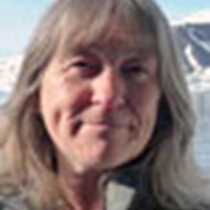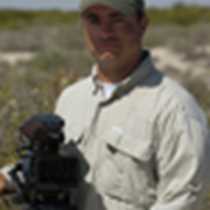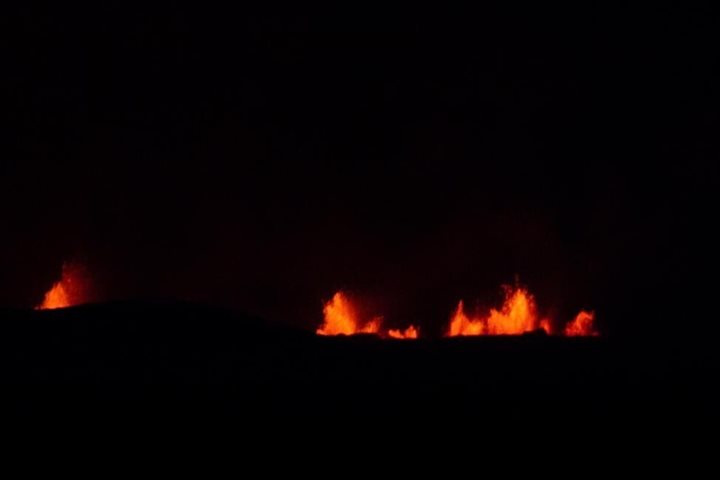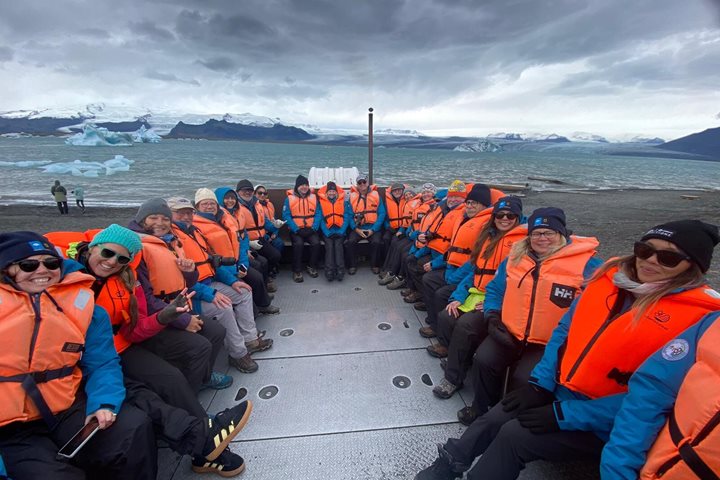When we imagine Iceland, land of fire and ice, we dream of glaciers, geothermal pools, volcanos, and waterfalls, perhaps with a smattering of Viking legend. Today we found all of this in abundance.
Iceland has countless breathtakingly beautiful waterfalls, and at Borgarfjörður, the Hvita (“white”) river) emerges, spring-fed, from the lava field above, carving out bridges and stone arches at Barnafoss, and cascading down to the Hraunfossar waterfalls below, which stretch for almost 1 kilometer.
After this, some of us went on to climb the Grábrók volcano, a dramatic cinder cone, which had erupted from a 600m long fissure about 3,200 years ago. We have spectacular views from the top into the crater. The old lava flows are red from oxidized iron.
At Krauma, another group of us answered the call of the warm bubbling geothermal baths. Here a flow of water emerges naturally from a powerful hot spring at a temperature of 212°F and runs constantly through a series of pools at decreasing temperatures, to the delight of the happy bathers.
A chillier experience awaited the rest at Langjökull (“long glacier”), the second largest glacier in Iceland. After crossing part of the glacier in a specially converted vehicle (formerly a NATO rocket-launcher!) fitted out with crampons, we left the bright Icelandic sunshine behind to explore 650 meters of man-made tunnels and caves within its icy depths. As a “temperate” glacier, Langjökull maintains a constant temperature of 32°F, but this extensive ice dome is shrinking rapidly. It’s forecasted to disappear completely in the next forty years or so.









